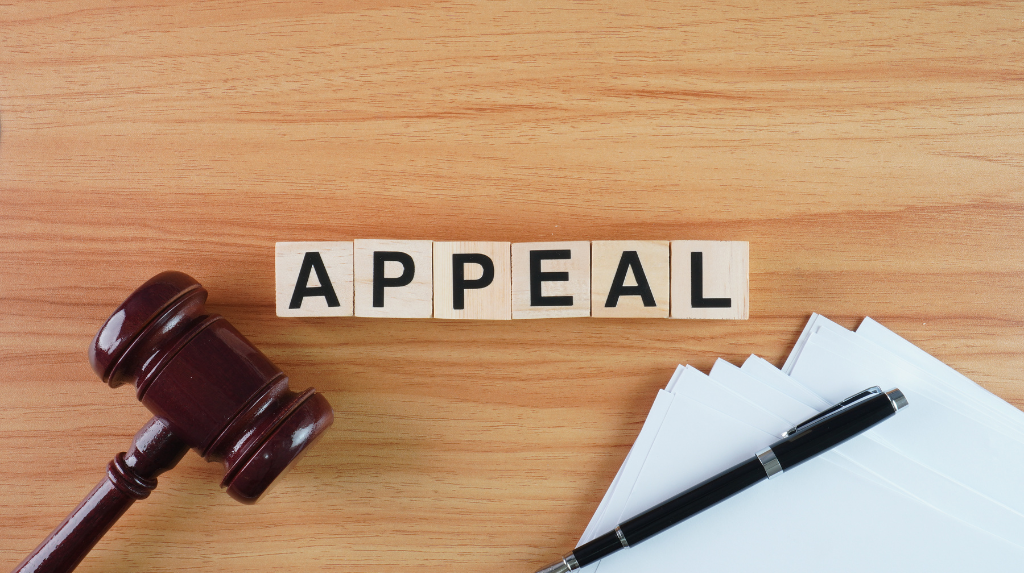As the holiday season approaches, many people in the U.S. will be flying more often to visit family or enjoy vacations. If you’re planning to travel, it’s a good idea to understand the immigration, customs, and security procedures at U.S. airports to make your trip smoother and less stressful. Whether you’re new to flying or coming to the U.S. for the first time, here are some helpful travel tips and important details you should know.
Arriving at a U.S. Airport From Abroad
When you arrive at a U.S. airport from another country, you will go through a “port of entry.” This is where you will officially enter the U.S. All travelers, including U.S. citizens and visitors from other countries, must go through an inspection by U.S. Customs and Border Protection (CBP) officers. These officers check that everyone follows U.S. immigration, customs, and agriculture rules.
Immigration Checkpoints
For foreign nationals (non-U.S. citizens), entering the U.S. involves two main steps: going through an immigration checkpoint and then a customs checkpoint. When you exit the plane, you’ll first pass through immigration. Here, foreign nationals need to prove they are allowed to enter the U.S. by showing a valid visa or immigration status. A CBP officer will ask for your passport and visa, then enter your details into the system and stamp your passport to show you’ve entered legally.
In the past, travelers had to keep paper forms known as Form I-94 (Arrival/Departure Record). Now, CBP keeps track of this electronically, and you can view your I-94 record online at the CBP website.
U.S. Customs
Next, after immigration, you’ll go through U.S. customs. This part of the process can take a bit longer and might include an additional interview with a CBP officer. The officer will ask about your travels and the items you’re bringing into the country.
To speed things up at customs, be sure to know what you’re allowed and not allowed to bring into the U.S. CBP has strict rules about items that could be harmful to public health or safety. It’s also a good idea to have all your paperwork ready, especially the CBP Declaration Form 6059B, which you’ll fill out during your flight. This form asks about personal items, food, or money you’re bringing, as well as questions about agricultural or wildlife products.
If you’re traveling with family, you can generally fill out one form for everyone. Many airlines give you the form to complete before you land, which helps avoid delays.
When it’s your turn at the customs checkpoint, you’ll need to answer questions about your visit, including your travel plans, how long you’ll stay, where you’ll stay, and what you’re bringing with you. CBP officers have the right to inspect your bags and belongings, so be sure to answer all questions truthfully.
The Inspection Process – Step by Step
To get through the inspection process as smoothly as possible, follow these steps:
- Have your travel documents ready before your flight (passport, visa, or ESTA if you’re part of the Visa Waiver Program).
- Fill out the CBP Declaration Form 6059B during the flight.
- When you arrive in the U.S., head to the immigration checkpoint.
- Pick up your luggage (if needed).
- Show the CBP officer your form and answer any additional questions (your bags might be checked).
- Pay any duties if applicable.
- After the final checkpoint, you can proceed into the U.S.
Departing From a U.S. Airport
What Documents Do I Need?
For flights within the U.S., all you need is a government-issued photo ID, like a driver’s license. You’ll show this ID at check-in, at security, and when boarding your flight. For international flights, a passport is required. If you don’t have the proper ID or passport, CBP officers can stop you from boarding.
What to Expect at Security Checkpoints
When departing from a U.S. airport, you’ll need to pass through a security checkpoint before your flight. The Transportation Security Administration (TSA) is the agency responsible for airport security. Here’s what you can expect:
After checking in at your airline’s counter and finding the right terminal, you’ll go to the security checkpoint. It’s best to arrive at least two hours before a domestic flight and three hours for international flights. During busy times, like the holidays, it’s a good idea to allow more time to get through security and to your gate.
At the checkpoint, here’s what will happen:
- A TSA agent will check your boarding pass and ID (driver’s license for domestic flights, passport for international).
- You’ll put your carry-on items into plastic bins for screening. Remove your shoes, jacket, and belt, and empty your pockets.
- Take out larger electronics like laptops and tablets (smaller devices like phones can stay in your bag).
- Send your bins and bags through the scanner, then walk through the X-ray machine.
- Follow any extra instructions from the TSA agents.
The TSA website offers a detailed travel guide with answers to common questions and a travel checklist you can download. You can also check out the U.S. Department of Transportation’s tips for air travel, and we’ve created a helpful guide to U.S. travel visas for additional information.
By knowing what to expect at each stage of your journey, you’ll be able to navigate U.S. airports with confidence, making your holiday travel less stressful and more enjoyable!
How Law and Visas Can Help?
At Law and Visas, our team of expert immigration consultants is here to make your travel to the US straightforward and successful. Whether you’re applying for a Spouse Visa, Green Card, Visitor Visa, or Study Visa, we handle every step from preparing your application to gathering the required documents.
Our immigration Consultants and Lawyers ensure that your application meets the highest standards, with no details missed. We’ll also keep you informed throughout the process and coordinate with the immigration office or embassy on your behalf.
Law and Visas has a strong record of helping clients secure the visas/permits they need in the US. Call us today at +234 812 5505 986 to learn how we can assist you.




